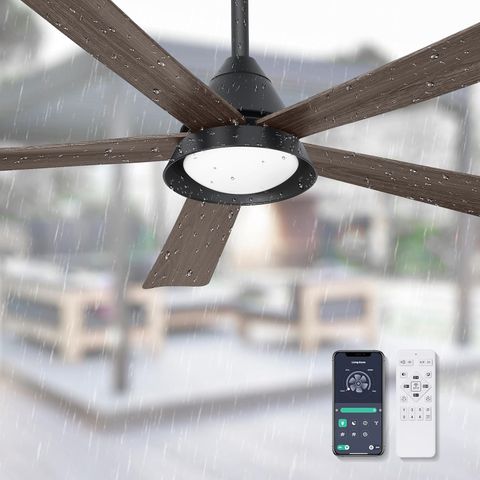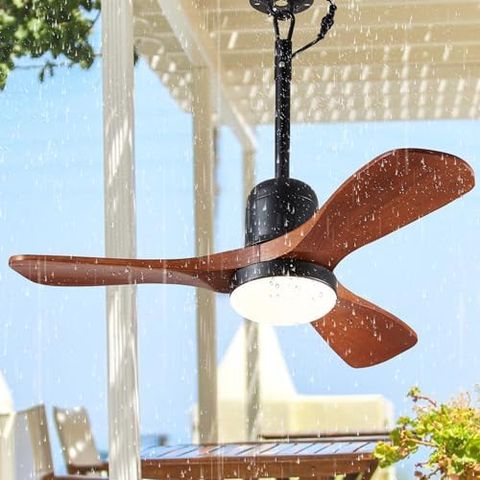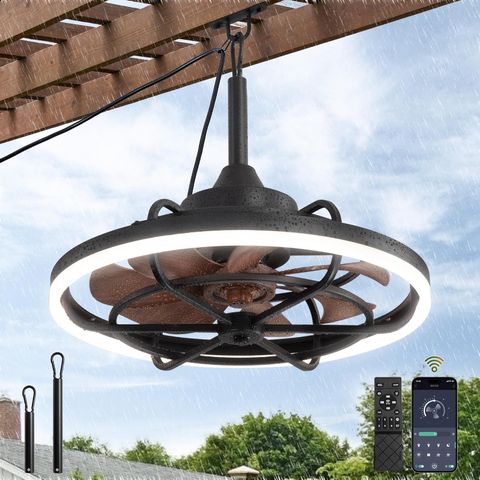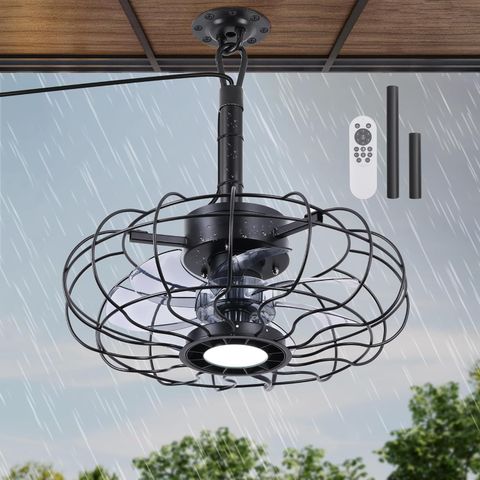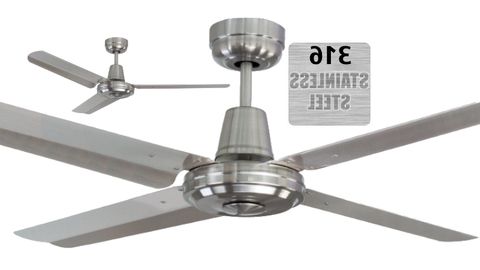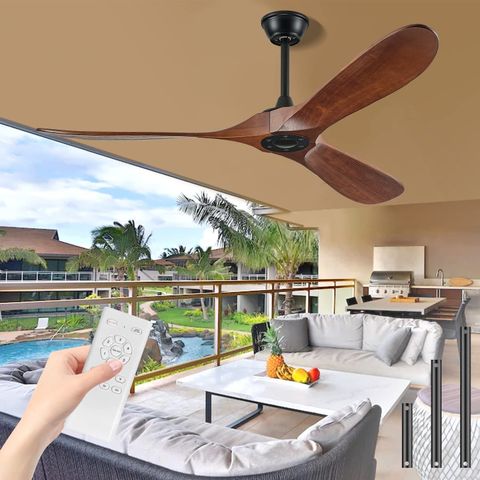Picture this: you’re hosting a summer barbecue under the stars, the gentle hum of your outdoor fan providing cool relief, while soft light from integrated LED bulbs creates the perfect ambiance. But what happens when rain starts pouring? Or when humidity creeps in? That’s where waterproof ratings come into play. These numbers aren’t just technical jargon – they’re your guide to keeping your outdoor fan safe and functional year-round.
Outdoor fans with integrated lighting have become essential fixtures in modern outdoor living spaces. They offer both comfort and ambiance, but their effectiveness depends heavily on weather protection. When you’re investing in these premium features, understanding waterproof ratings isn’t just helpful – it’s crucial. Whether you’re installing near a pool, under a covered patio, or in a spot exposed to direct weather, knowing what these ratings mean will save you from expensive replacements and disappointment. Think about it – you wouldn’t buy a raincoat rated for light drizzle if you live in a rainy climate, right? The same logic applies to outdoor fans.
What Are Waterproof Ratings?
Waterproof ratings are standardized measurements that indicate how well a product can withstand water exposure. For outdoor fans, these ratings tell you exactly what conditions the fan can handle. It’s like having a fitness tracker for your fan – it shows how hard it can work before it breaks down. The most common system used is the IP (Ingress Protection) rating, which uses two digits to describe protection levels.
The first number represents protection against solid objects, from zero (no protection) to six (dust tight). The second number indicates protection against liquids, ranging from zero (no protection) to eight (protection against immersion). For instance, an IP65 rating means the fan is dust-tight and protected against water jets from any direction. This might seem like a lot of numbers, but once you get the hang of it, it becomes second nature. Imagine you’re planning a garden party – you want to know if your fan will survive a sudden shower without needing repairs.
Decoding IP Ratings for Outdoor Fans
Let’s break down the IP rating system into simple terms:
• IP65: Dust tight and protected against water jets
• IP67: Dust tight and protected against temporary immersion
• IP68: Dust tight and protected against continuous immersion
• IPX4: Protected against splashing water from any direction
• IPX5: Protected against water jets from any direction
These ratings aren’t just arbitrary numbers – they’re based on rigorous testing procedures that manufacturers must follow. Take IP67, for example. This rating means the fan can be submerged in water up to one meter deep for 30 minutes without damage. That’s impressive when you think about it – your fan could survive a brief dip in a pool or a heavy downpour without a problem.
Consider a homeowner who installed a fan with IP65 rating near their pool area. They didn’t expect it to survive a tropical storm that dumped over 10 inches of rain in one night. The fan kept running smoothly afterward, proving that proper waterproofing matters more than most people realize.
Why Rating Matters for Lighting Components
Integrated lighting adds another layer of complexity to waterproofing requirements. LEDs are generally more durable than traditional bulbs, but they still need protection from moisture. When water gets inside the light housing, it can cause corrosion, short circuits, or complete failure. The rating system works the same way for lights, but manufacturers often provide specific details about light protection.
Some fans have separate IP ratings for motor and light components. This is important because different parts face different risks. The motor might be exposed to more moisture during heavy rains, while the light housing might get splashed by sprinklers or nearby water features. A fan rated IP67 for the entire unit offers the best protection, but it comes at a higher cost. That’s why many people choose IP65 for motors and IPX4 for lights, balancing protection with budget considerations.
A gardener once shared how a fan with IP65 rating helped preserve her outdoor lighting during a particularly wet spring season. She was amazed that even after weeks of constant rain, her fan continued working perfectly, something that would have been impossible with lower-rated alternatives.
Common Misconceptions About Waterproof Ratings
There are several myths floating around about waterproof ratings that can lead to poor purchasing decisions:
• Misconception #1: Higher numbers always mean better protection
Actually, sometimes you don’t need the highest rating for your specific situation. An IP65 rating might be perfect for a covered porch, while an IP67 rating is necessary for a deck that gets full exposure to weather.
• Misconception #2: All IP ratings are equal across brands
Different manufacturers test their products differently. Always check specific test conditions and certifications. Some companies might rate their products conservatively while others push boundaries.
• Misconception #3: Waterproof means completely watertight
This is a big misunderstanding. Waterproof doesn’t mean the fan is completely sealed. It means it can handle specific amounts of water exposure without damage. Water can still enter in small quantities, but it won’t affect performance.
Think about it like driving in the rain – you’re not completely dry, but you’re protected enough to drive safely. The same principle applies to your outdoor fan.
Matching Ratings to Real-World Conditions
Choosing the right rating depends heavily on where you plan to install your fan. Here’s how to match ratings to different scenarios:
Under Covered Porch: IP65 or IP67 is usually sufficient
This area typically gets some protection from direct weather exposure, but you still want to protect against splashing rain and dust.
Poolside Installation: IP67 or higher recommended
Near water features, you’ll face more moisture and potential splashing. Your fan needs robust protection.
Open Deck Areas: IP67 or IP68 preferred
These locations receive full exposure to weather elements, requiring maximum protection.
Garden Areas: IP65 or IP67 depending on coverage
If there’s shade from trees or structures, IP65 might suffice. Full sun exposure calls for higher ratings.
A family in Florida shared how they chose an IP67-rated fan for their backyard deck. They’d previously had issues with lower-rated fans failing after hurricanes. This time, their investment paid off when Hurricane Irma hit the coast. Their fan survived unscathed while neighbors’ equipment failed.
Cost vs. Performance Considerations
Higher waterproof ratings don’t automatically mean better performance, but they do impact price significantly. You’re essentially buying insurance against weather damage. Here’s how to approach the cost-performance balance:
• Budget-Friendly Options: IP65 ratings offer good protection at reasonable prices
These are perfect for most homeowners who don’t face extreme weather conditions. They provide excellent value for typical installations.
• Mid-Range Solutions: IP67 ratings strike a good balance between cost and protection
This is often the sweet spot for most users, offering reliable performance without breaking the bank.
• Premium Options: IP68 ratings for maximum protection
These are worth considering if you’re in a harsh climate or frequently experience severe weather. They provide peace of mind and longevity.
Remember that the initial cost is just part of the equation. Consider how often you’ll need to replace or repair your fan. A slightly higher upfront cost for better protection might save you money in the long run. A contractor once told us about a client who spent extra on an IP67-rated fan, saving $500 in replacement costs within two years due to weather-related damage.
Understanding waterproof ratings for outdoor fans with integrated lighting isn’t just about reading numbers – it’s about making smart decisions for your outdoor living space. These ratings act as your guide to selecting equipment that will last through whatever weather throws at you. Whether you’re planning a garden party or simply want reliable cooling and lighting for your deck, knowing what these ratings mean helps you avoid costly mistakes and ensures your investment pays off. Remember, a little research now can prevent major headaches later. The next time you shop for an outdoor fan, take a moment to look at those numbers. They’re not just technical specifications – they’re promises about how well your fan will perform in real-world conditions. After all, you want your outdoor space to be comfortable, beautiful, and functional – not a victim of weather.

